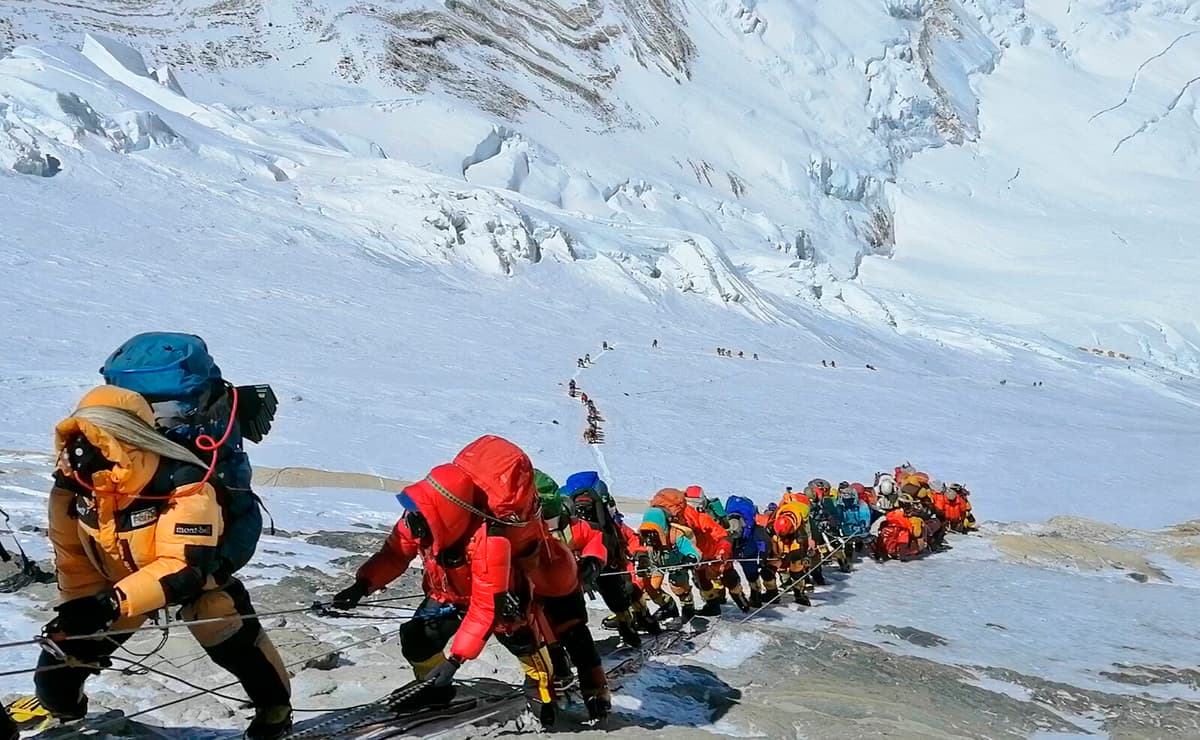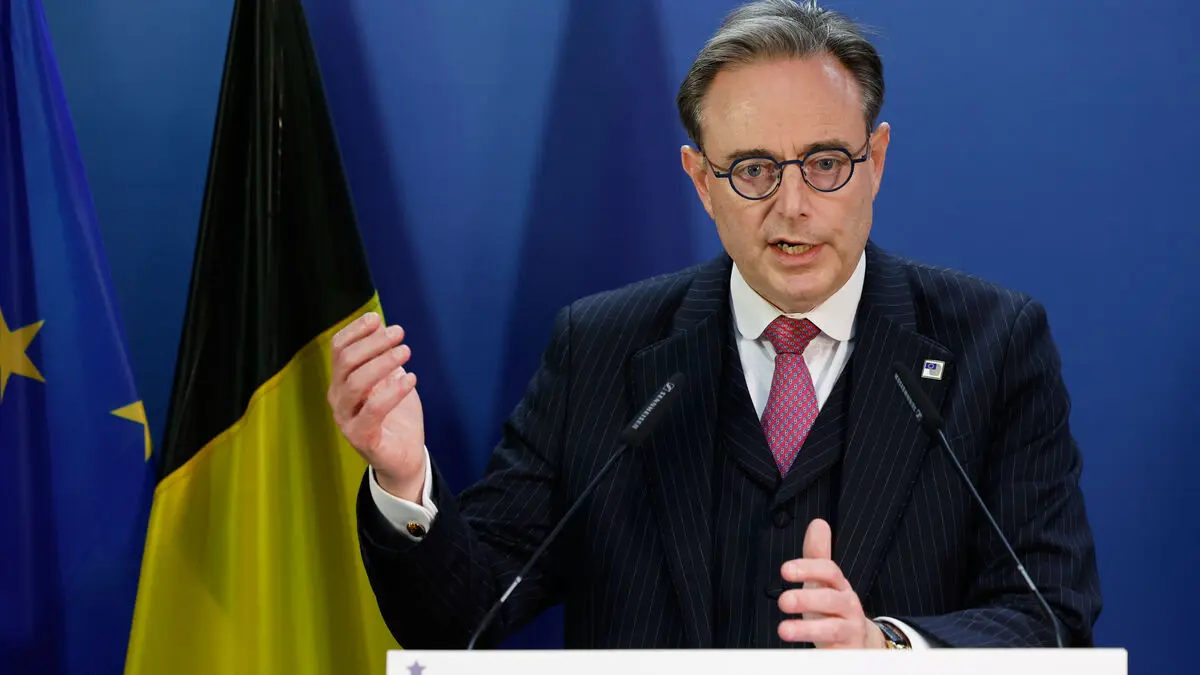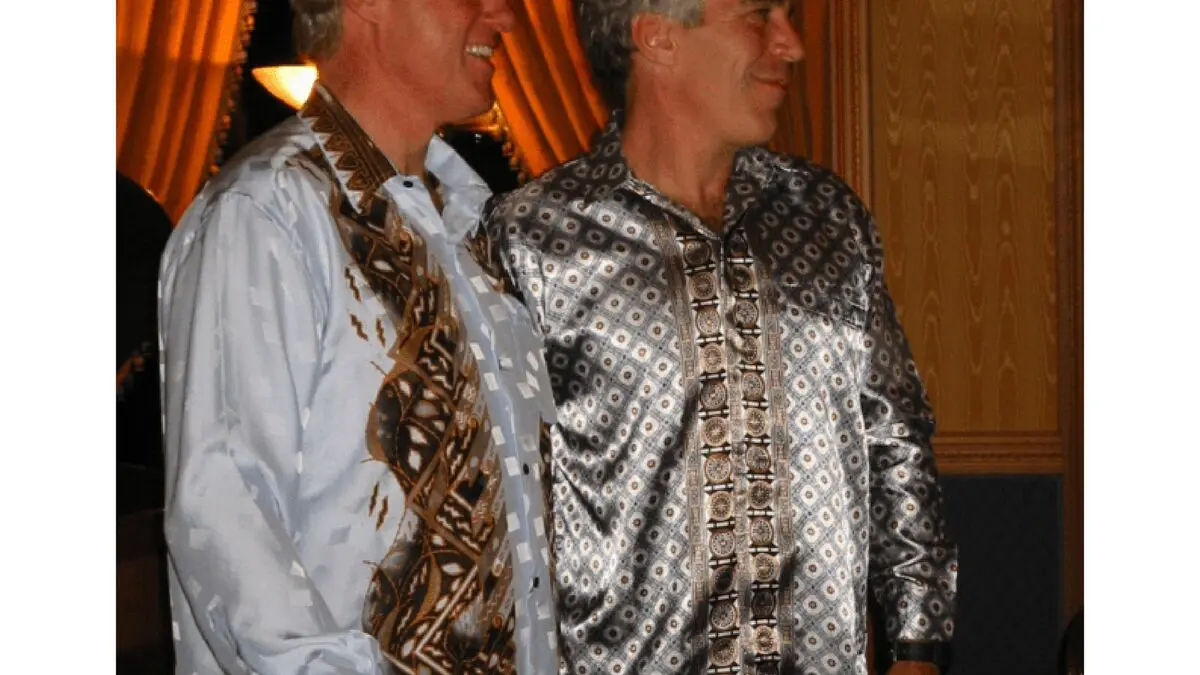It is the first time in almost a decade that Nepal is increasing the fees for the permits that all climbers of Mount Everest must have.
The increase is significant: from today's 121,000 kronor to over 165,000 to climb during the high season between April and May. The same 36 percent increase applies to climbing during the rest of the year, but then the new price tag is instead between 41,000 and 82,000 kronor.
The new prices apply from September, according to BBC.
The fees for Everest permits constitute an important source of income for Nepal, where large parts of the population live below the poverty line. Approximately 300 permits are issued annually to climb the world's highest mountain.
The rush to the mountain in the Himalayas has led to littering and increased risks for climbers, according to critics. In 2019, Nepal's military began to clean up the mountain annually. Since then, they have collected 119 tons of trash, 14 human bodies, and a few skeletons. Another approximately 200 bodies are estimated to remain on the mountain.
Mount Everest, known as Sagarmatha in Nepalese and Qomolangma in Tibetan, is a mountain range in the Himalayas on the border between Nepal and Tibet (China). The massif has been named after George Everest, who led the mapping of the Himalayas in the mid-19th century.
The highest peak reaches 8,849 meters above sea level and is thus the world's highest mountain. The "new" height, exactly 8,848.86 meters, was established by China and Nepal jointly in the winter of 2020 after precise measurements.
Mount Everest was first climbed in 1953 by Tenzing Norgay from Nepal and Edmund Hillary from New Zealand.
Source: National Encyclopedia





